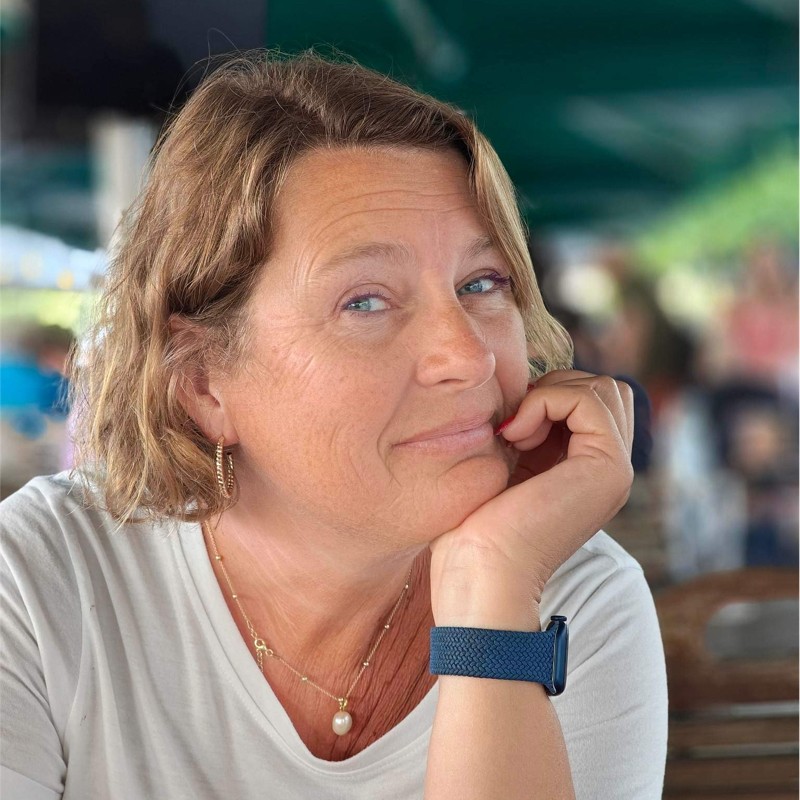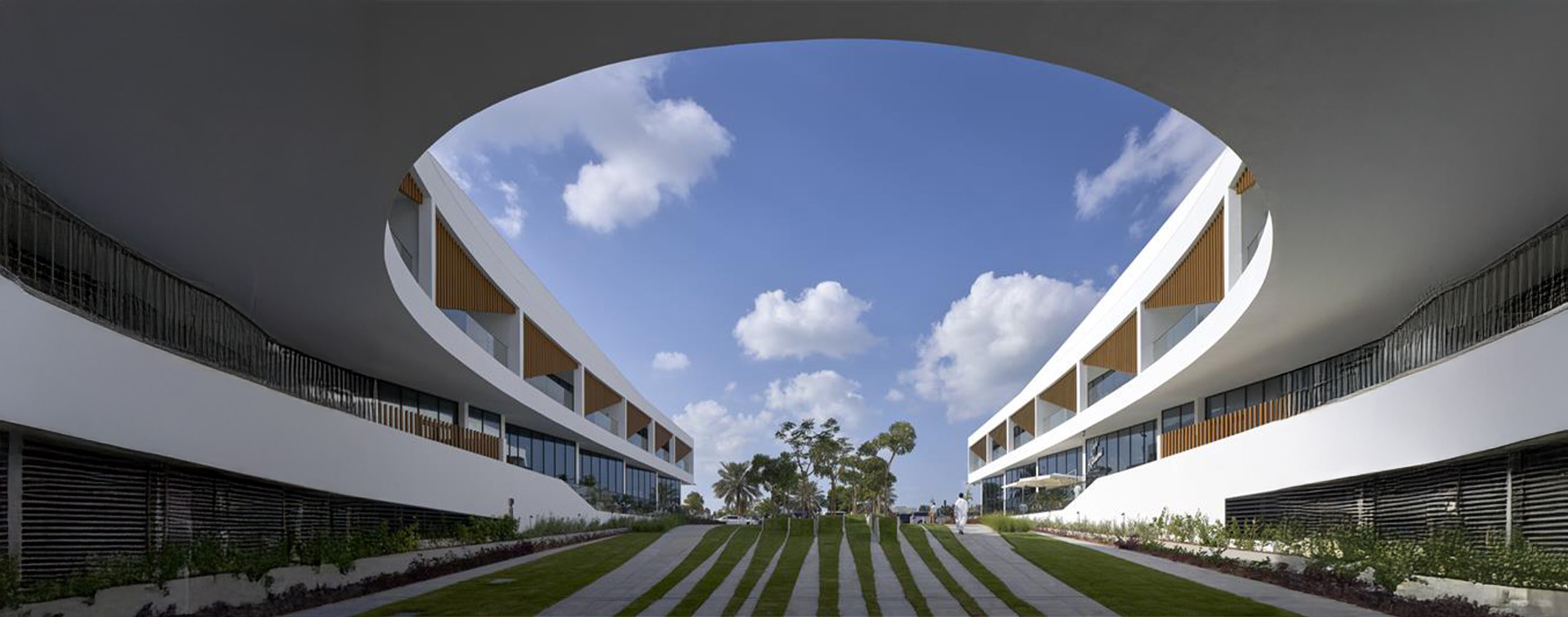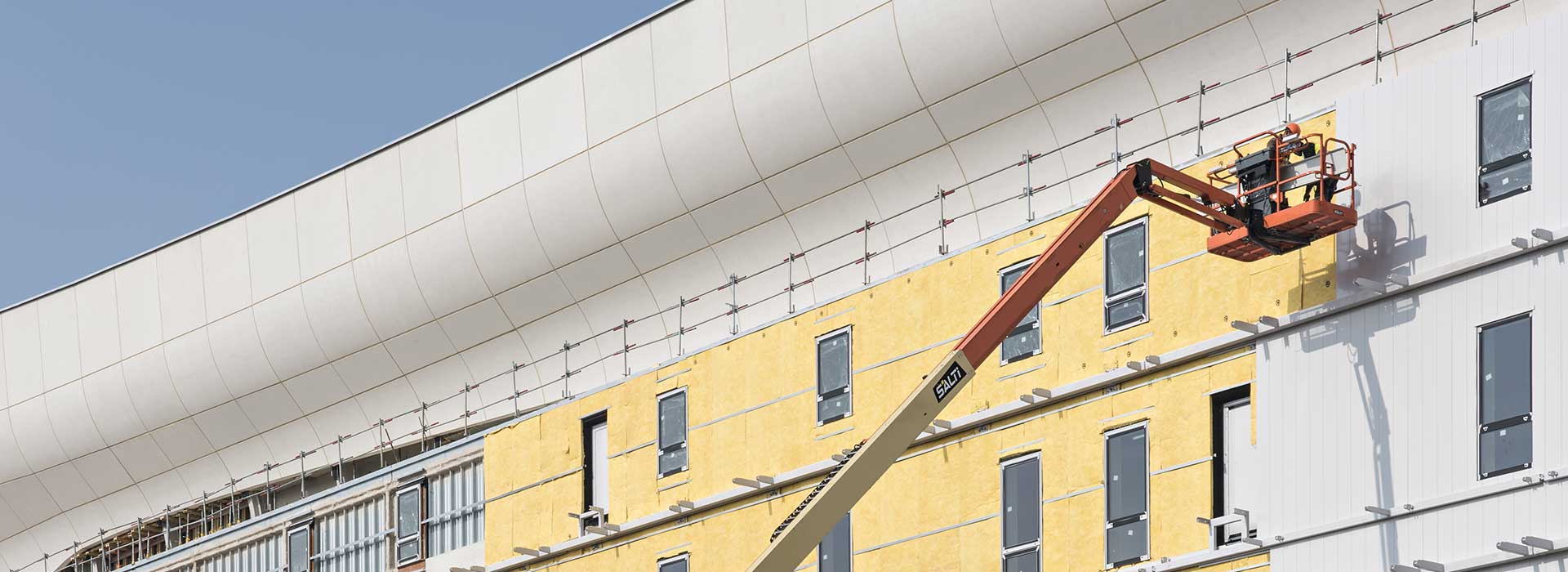 3 min
3 min
The roofs of Scandinavian houses and chalets were once covered with grass. Nowadays, as a response to the challenge of climate change, these green roofs are becoming popular again. In Sweden, Helen Johansson is an enthusiastic ambassador for these green urban surfaces.
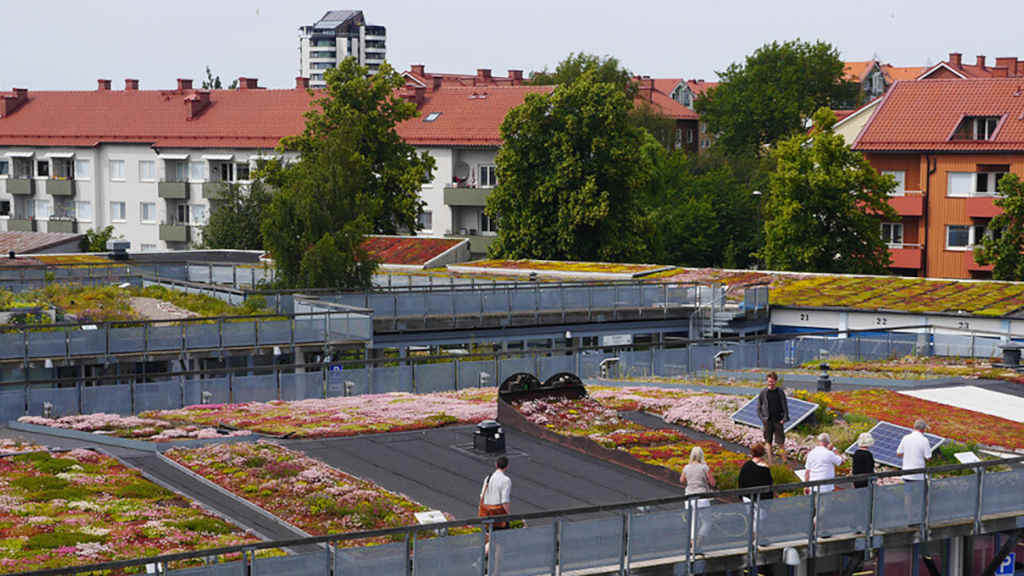
A coastal city of 357,000 inhabitants separated from Denmark by the Øresund Bridge, Malmö is the third largest city in Sweden. Already the victim of recurrent seasonal flooding, the city is at risk of being totally submerged underwater sooner or later. This is undoubtedly one of the reasons that has prompted the municipal teams to consider other ways of designing the city, leading it to assume a pioneering role in the creation of eco-districts. “Malmö won the United Nations’ World Habitat Award in 2010 for creating a neighborhood as sustainable as Augustenborg, not only ecologically, but also economically and socially,” states Helen Johansson proudly.
Also read: How can cities become more resilient to climate variations?
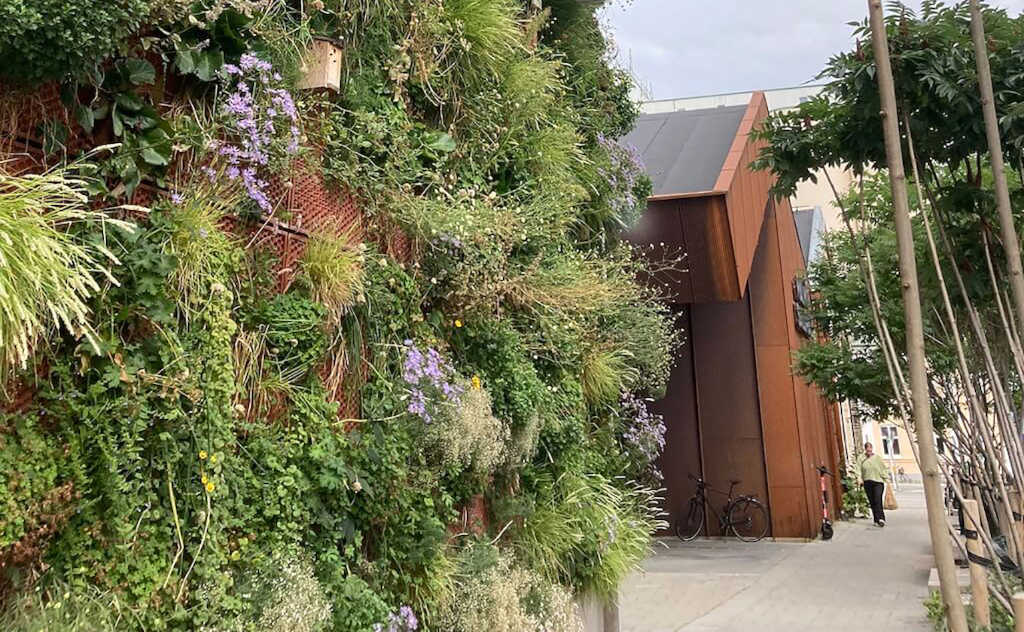
In 2014, the city experienced historic flooding, with 125 millimeters of rainfall in just six hours. The evidence was crystal clear. The impermeable surfaces in the “conventional” parts of the city led to many basements being flooded with 1 m to 1.50 m of water, at an extremely high material cost: buildings suffered between 53 and 62 million euros’ worth of damage. Meanwhile, the Augustenborg district absorbed the excess water in a completely controlled and regulated way thanks to its green roofs and walls, along with the islands of greenery set up along the roads. Helen Johansson confirms:
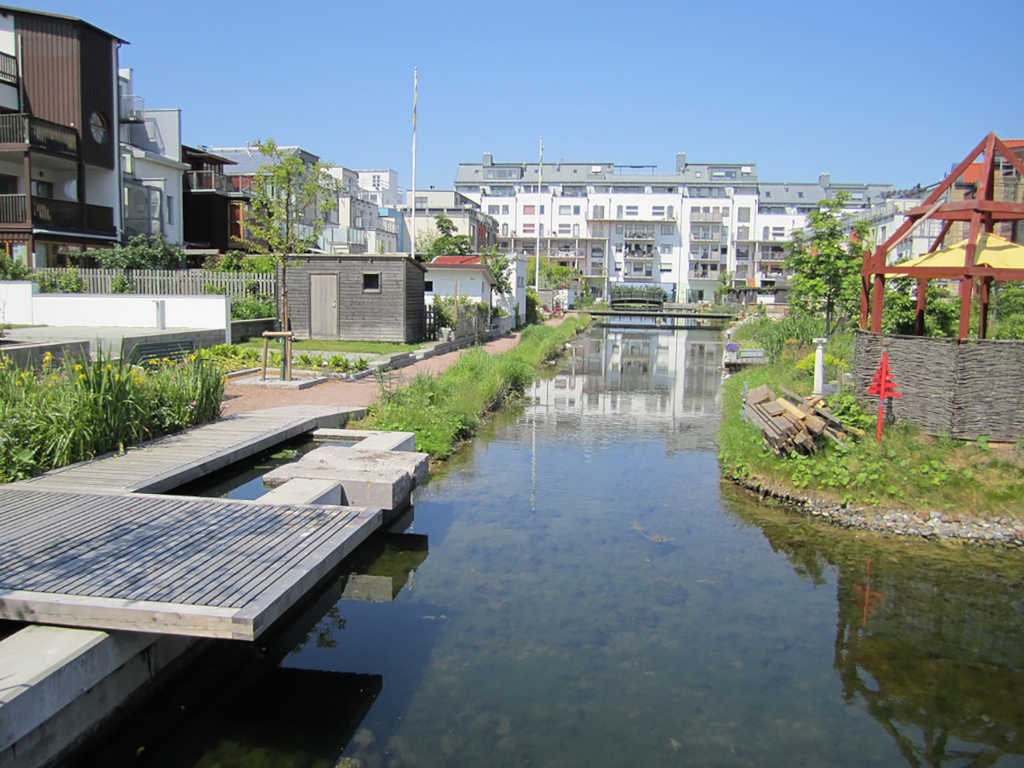
The green and blue network, vital infrastructure for animal and plant speciesThe green and blue network aims to protect and restore aquatic and terrestrial ecological continuities, including biodiversity reservoirs and ecological corridors. In light of the reduction in green spaces, this approach looks to ensure that animal and plant species are able to move, feed, reproduce, and rest. The European Union has also included the preservation of green and blue networks in its environmental conservation program through the creation of the Regional Ecological Coherence Scheme (SRCE).
While she admits that “green walls are very effective and pleasant to live with, but they are generally costly and difficult to maintain,” on the other hand, Helen Johansson highlights that “in comparison, green roofs are relatively easy to implement and more affordable.” Well designed, the simplest green roofs consist of around 5 to 10 cm of vegetation and substrate installed on a waterproofing layer and only require twice-yearly maintenance. These green surfaces are among the solutions that allow a building to be thermally insulated and retain or delay the flow of rainwater. Helen, who recently joined the board of the European Federation of Green Roof & Wall Associations (EFB), has become convinced that “simply beginning by greening existing roofs could already slow down climate change a little.”
* Ecosystem services define the benefits that humans derive from ecosystems, highlighting our dependency on them functioning correctly.
Photo credits: © Viennaslide / Alamy Banque D'Images © Helen Johansson, © Scandinavian Green Roof Institute, © Scandinavian Green Roof Institute, © Shaun Maskrey





